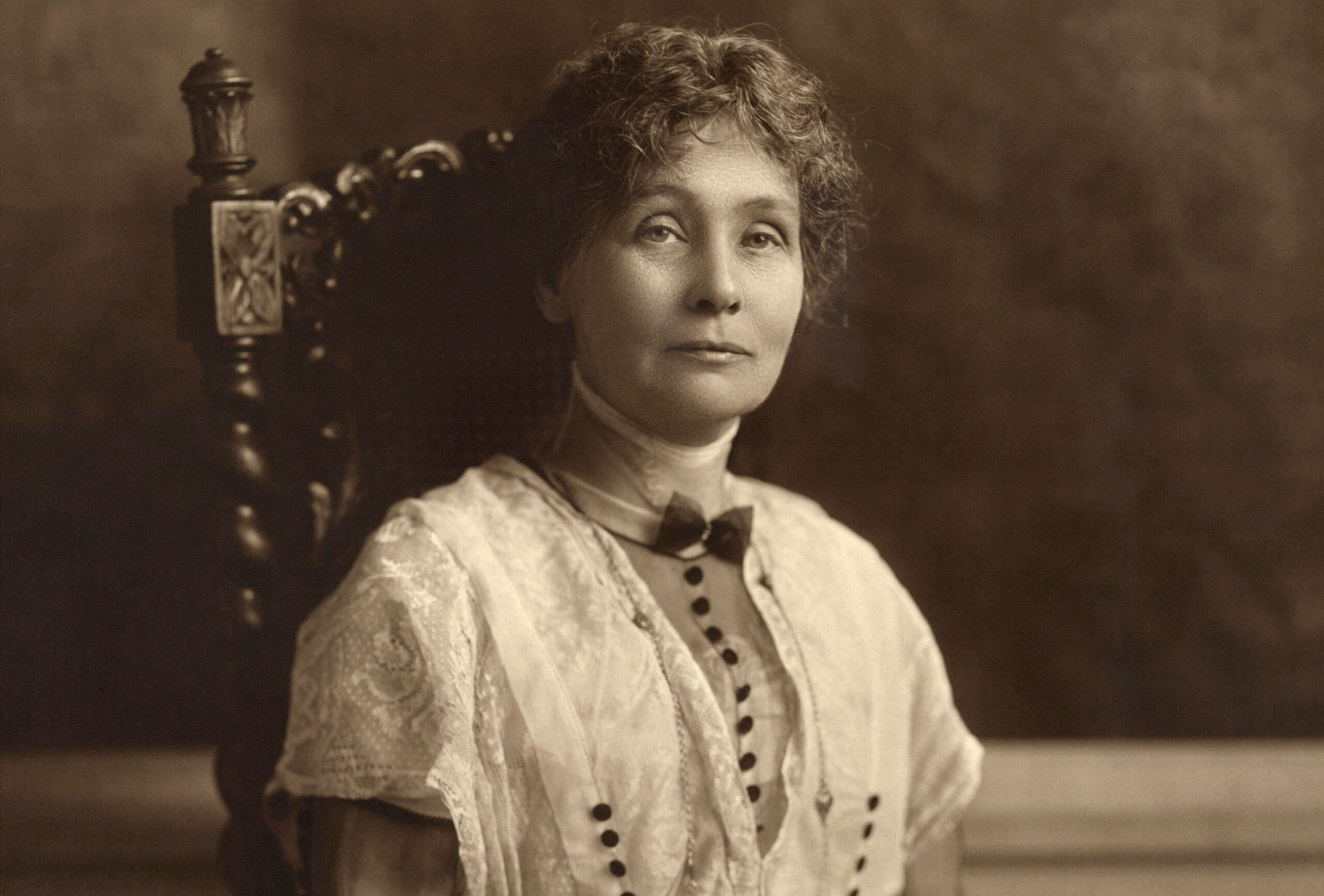An Urban Future
- February 22, 2020
- P11: Sustainable Cities
- Tags: cities, urban, urbanisation, migration, population, services, transport, poverty, Energy
Much progress has been made to reduce the number of the global urban population living in slums. But still more than one billion people continue to live in such situations.
Much still needs to be done to help the vast majority of urban residents who breathe poor-quality air and have limited access to transport and open public spaces.
With cities growing faster than their populations, time is running out. Between 1990 and 2016, the proportion of the global urban population living in slums fell from just under half to a quarter (43%-23%). In 2016, just over one billion people lived in slums or informal settlements. Over half live in East, South-East, Central and South Asia. The proportion of urban residents who have easy access to public transport is still low, especially in developing countries.
On average, just over half of urban residents in all regions can use public transport, from a low of 18 per cent in sub-Saharan Africa to a high of 75 per cent in Australia and New Zealand. In some regions that have low access to public transport, informal transport provides reliable transport.
Globally, urban areas are expanding at a faster rate than their populations. Closely related to this trend is that the urban densities of cities have been declining, creating profound repercussions for environmental sustainability at the local, regional and global scale.
Better management of urban growth is crucial to guarantee sustainable urbanisation. With increasing urban populations and the existence of consumer-oriented economies amid rising income levels and rapid urbanisation, it is estimated that the total waste generated in the world will double from nearly two billion tons in 2016 to about four billion tons by 2050. While from 2010 to 2018 the proportion of solid waste collected was about 81 per cent globally, in sub-Saharan Africa it was only 52 per cent.
In 2016, nine out of 10 people living in urban areas still breathed air that did not meet the World Health Organization’s air quality guidelines value for particulate matter.
Most cities have struggled to make sure that their populations have convenient access to open public spaces (defined as spaces within 400m walking distance of their residence). Based on data from 220 cities in 77 countries in 2018, only 21 per cent of the population had convenient access to open public spaces. However, these results do not necessarily mean there is an inadequate share of land dedicated to open public spaces in these cities, but rather that they are unevenly distributed across urban areas.
National urban policies are policy strategies that specifically respond to the urbanization challenges of today. As of the beginning of 2019, 150 countries had developed such policies, and almost half are already implementing them.




© Copyrights 2024 All Rights Reserved. 17Promises




